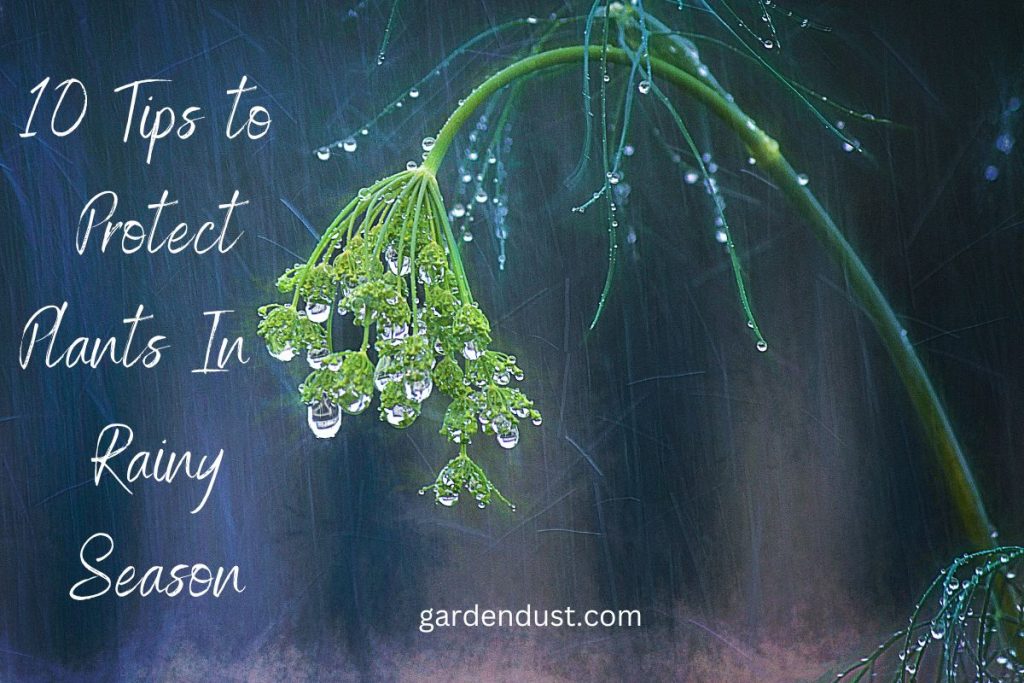The rainy season brings much-needed relief to our gardens, but it also poses challenges to the health and well-being of our plants. Excessive rain, high humidity, and fungal diseases can take a toll on plant growth and vitality. However, with proper precautions and care, we can safeguard our beloved plants and ensure their survival and prosperity. In this article, we will explore a range of practical tips to protect plants during the rainy season.in this article we will discuss about how to protect plant during rainy season. Let’s begin….
1.Improve Drainage:

One of the most crucial aspects of protecting plants during heavy rains is to ensure good drainage in your garden. Poorly drained soil can lead to waterlogging, which can suffocate plant roots and cause root rot. To enhance drainage, consider incorporating organic matter like compost into the soil, using raised beds or containers, and adding drainage holes to pots.
2.Select Resistant Plant Varieties:

When choosing plants for your garden, opt for varieties that are resistant to fungal diseases and thrive in moist conditions. Native plants are often well-adapted to local climates and tend to be more resilient. Additionally, select disease-resistant cultivars of vegetables, fruits, and ornamental plants, as they are specifically bred to withstand adverse weather conditions.
3.Provide Adequate Air Circulation:

Good air circulation is crucial in preventing the development and spread of fungal diseases. Avoid overcrowding plants and ensure there is sufficient space between them to allow air to flow freely. Trim overgrown branches and foliage to enhance ventilation and reduce the risk of fungal infections.
4.Mulch Wisely:
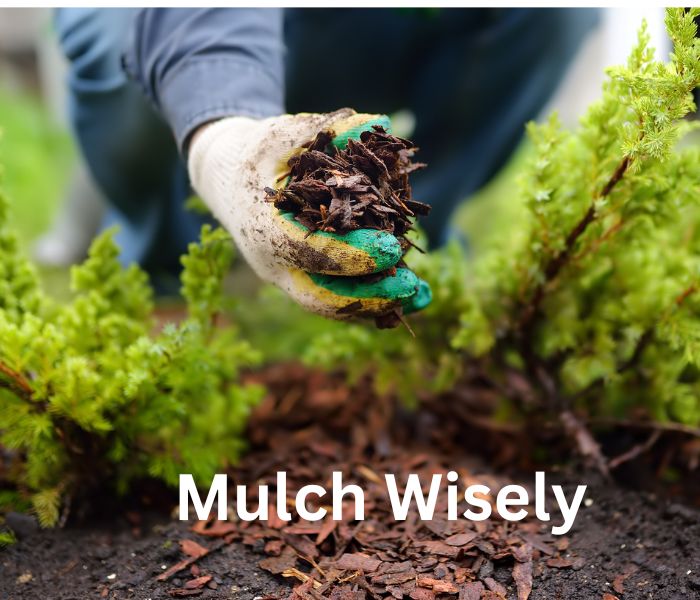
Mulching is a valuable practice that helps regulate soil moisture, suppress weeds, and prevent erosion. However, during the rainy season, excessive mulch can trap moisture and create a favorable environment for pests and diseases. Use a thin layer of organic mulch, such as straw or wood chips, and keep it a few inches away from the plant stems to prevent moisture-related issues.
5.Prune and Stake Plants:

Tall and delicate plants are particularly vulnerable to wind and heavy rain. Pruning and staking can provide much-needed support and protection. Regularly inspect your plants for weak or damaged branches and remove them promptly. Use stakes, cages, or trellises to support plants and prevent them from bending or breaking under the weight of rainwater.
6.Water Strategically:

It may seem counterintuitive, but even during the rainy season, plants may require additional watering. Assess the moisture levels of the soil before watering to ensure you’re not overwatering. Water plants at the base rather than overhead to avoid promoting the spread of diseases. Consider investing in rain barrels to collect rainwater and use it during drier periods.
7.Implement Disease Prevention Measures:
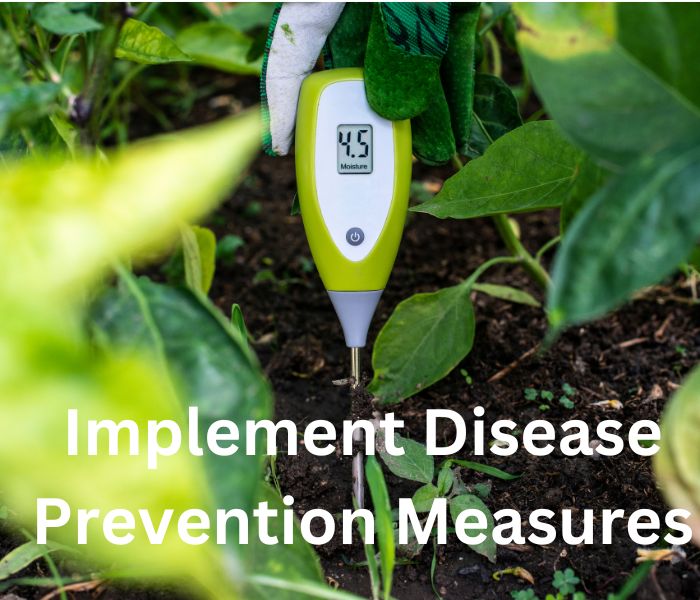
Rainy weather often leads to the proliferation of fungal diseases. To minimize the risk, practice good sanitation in your garden. Remove fallen leaves and debris regularly to eliminate potential disease sources. Apply preventive organic fungicides or biocontrol agents, following label instructions, to protect susceptible plants from fungal infections.
8.Protect Plants from Heavy Rain:
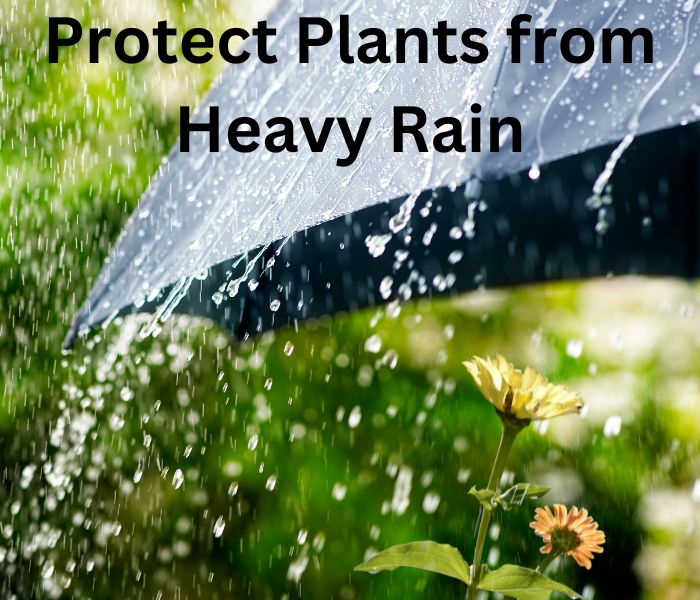
During periods of torrential downpour, you can shield delicate plants by using plant covers or row covers. These lightweight fabrics allow light and moisture to penetrate while providing protection against heavy rainfall and strong winds. Remove the covers once the weather improves to prevent excessive humidity buildup.
9.Control Weeds:
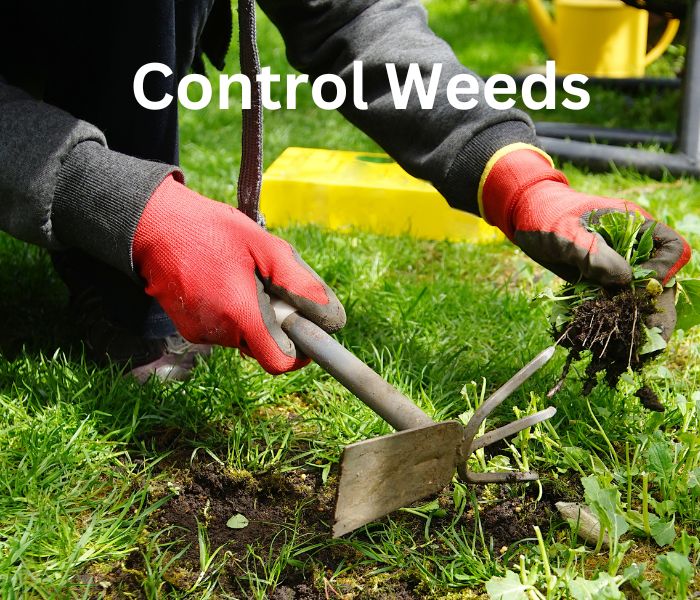
Weeds can compete with your plants for nutrients, water, and sunlight, making them more susceptible to damage during the rainy season. Regularly inspect your garden for weeds and remove them promptly. Use mulch or organic weed control methods to suppress weed growth and prevent them from overwhelming your plants.
10.Monitor and Adjust Fertilization:
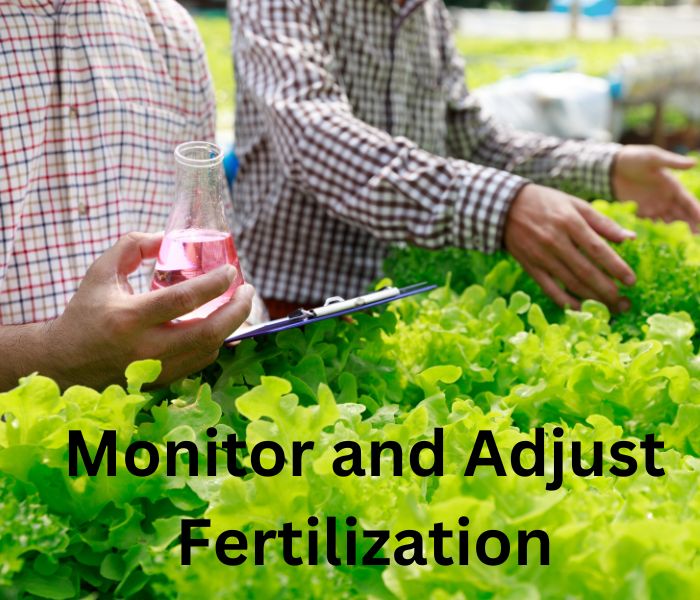
Excessive rainfall can leach nutrients from the soil, affecting the overall health of your plants. Monitor the condition of your plants closely and consider adjusting your fertilization schedule accordingly. Use slow-release organic fertilizers or compost to replenish nutrients and promote healthy growth. Avoid excessive use of nitrogen-rich fertilizers, as they can promote rapid growth and increase susceptibility to diseases.
With these tips, you can effectively protect your plants during the rainy season and ensure their health and vitality. By improving drainage, selecting resistant plant varieties, providing proper air circulation, mulching wisely, pruning and staking, watering strategically, implementing disease prevention measures, and utilizing protective covers, you can enjoy a thriving garden even in wet weather. Stay vigilant, adapt your gardening practices to the seasonal changes, and watch your plants flourish despite the rain. Happy gardening…

